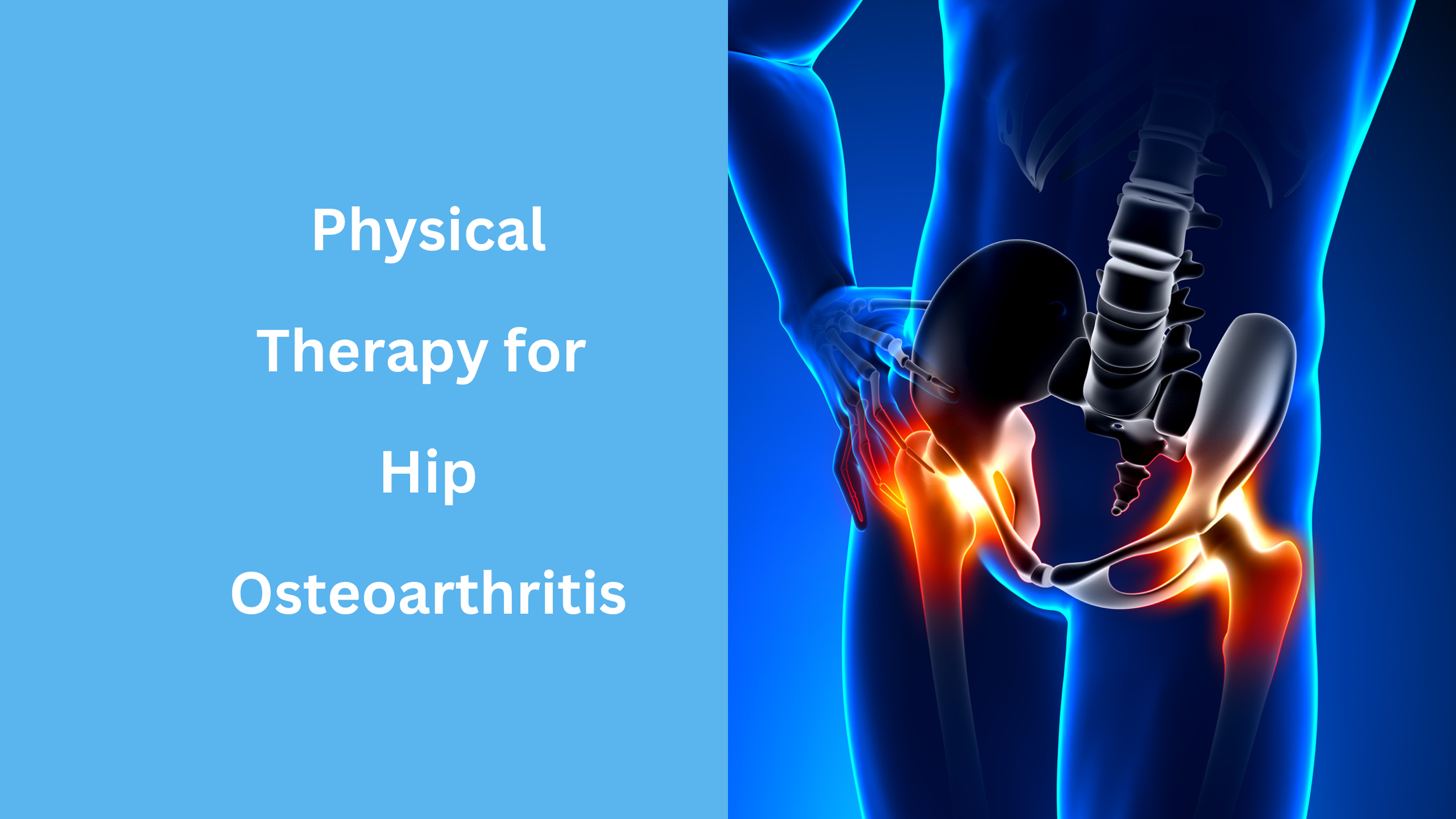Mangiarelli Rehabilitation Physical Therapy Blog
Physical Therapy after a C-Section [Infographic]
A C-section is major abdominal surgery involving the delivery of a baby through horizontal incisions made in the abdomen or uterus along the pubic hairline. Women can experience significant pain at the c-section incision site due to scar tissue formation, limiting mobility in the abdominal area and contributing to pelvic pain and pelvic floor dysfunction. After a c-section, physical therapy can play a critical role in helping women recover, reducing incision site pain, normalizing pelvic floor muscle tone, improving core and back muscle strength, and optimizing women’s function and mobility.
Fighting Osteoporosis with Physical Therapy
Osteoporosis is a metabolic bone disease characterized by low bone density, thin, brittle bones, decreased bone strength, and changes in bone structure that increase the risk of a bone fracture. Physical therapy can play a crucial role in managing osteoporosis and helping you maintain and build bone density through a customized therapeutic exercise program. Exercise places beneficial stress on your bones by directly loading the bone and increasing muscle mass, which places mechanical stress on the skeleton and strengthens your bones.
Physical Therapy for Hip Osteoarthritis
Physical therapy can help those with hip osteoarthritis manage arthritic pain and regain function, strength, and mobility in the hip through therapeutic exercise and manual therapy. Osteoarthritis of the hip causes the protective cartilage lining the bones of the hip joint to progressively break down, causing the bones to rub against each other and leading to intense pain and inflammation within the hip joint.
Walking After A Total Hip Replacement and Femoral Nerve Palsy
After undergoing a total hip replacement and suffering from femoral nerve palsy, Mangiarelli Rehabilitation physical therapy patient Kay has made incredible progress, advancing from walking with a brace with a walker to now walking with a cane! Femoral nerve palsy post-hip replacement involves injury to or compression of the femoral nerve, one of the largest nerves in the leg. A physical therapist can help reduce compression on the femoral nerve and help patients safely regain quadriceps muscle strength, relieve nerve pain, and improve walking ability.
Treating Plantar Fasciitis with Physical Therapy
Mangiarelli Rehabilitation physical therapist Sarah demonstrates three exercises to reduce plantar fasciitis pain and restore function. Plantar fasciitis is a common cause of foot and heel pain that develops due to repeated activities that strain the plantar fascia, a thick band of tissue that rungs along the bottom of the foot and supports the arch of the foot. Physical therapy is highly effective in treating plantar fasciitis, using manual therapy and therapeutic exercise to reduce pain, restore function and strength in the foot, and improve foot mechanics.
Physical Therapy for Softball Injuries
Softball is a dynamic modified form of baseball that is played on a smaller field with a larger, softer ball with underarm windmill pitching. The windmill pitch is an underhand throw that places significant stress on the shoulder and elbow of the athlete, which can lead to overuse injuries like shoulder and wrist tendinitis, rotator cuff tears, and elbow injuries. Physical therapists can help softball players prepare for the season with a targeted strength and conditioning program as well as treat in-season softball injuries with manual therapy, targeted strengthening and therapeutic exercise, and functional sport-specific training.
The Role of Exercise in Stress Management
Regular exercise can help you complete the stress response cycle and help your body return to homeostasis. The stress response system is a mechanism that is triggered by a threat to one’s well-being or survival, causing a cascade of protective physiological responses that prepare the individual to combat the threat or flee from it. While this is helpful in response to an acute stressor, a chronic stress response can have detrimental effects on your physical and mental health, contributing to disease, chronic pain, and anxiety. Exercise helps you complete the stress cycle by engaging your body in movement, which completes the flight response your body prepares for when encountering a stressor. Exercise can also be used therapeutically to help calm the chronic stress response and reduce chronic pain through graded low-impact exercise.
Physical Therapy for Sciatica
Sciatica is nerve pain that radiates from the low back through the buttocks and down the length of the leg due to compression of the sciatic nerve. Originating in the low back, the sciatic nerve is most commonly compressed by a herniated or slipped disc, causing shooting pain and tingling and numbness through the back and leg. Physical therapy is one of the most effective treatments for sciatica, reducing inflammation, managing and minimizing pain, improving your physical function and mobility, and preventing the reoccurrence of sciatica symptoms.
Office Ergonomics: Tips for Maintaining Good Posture
Check out our 7 tips for an ergonomic workstation! An ergonomic workstation is one that supports your body in a neutral position and reduces the risk of discomfort or pain that the stressors like sitting at a desk and computer for long periods of time can place on our bodies. Poor office ergonomics and posture can contribute to ongoing aches and pain, such as neck strain, low back pain, wrist discomfort, or eye strain. However, proper workstation ergonomics—correct chair height, appropriate equipment spacing, and good desk posture—can help you stay productive but healthy and comfortable at work.
Physical Therapy for Lacrosse Injuries
Lacrosse is a high-energy, full-body sport that combines quick sprints, agility, and coordination of the upper and lower extremities. Lacrosse injuries are more common in the lower extremities, particularly ankle sprains, ACL tears, shin splints, or hamstring or quadriceps muscle strains. Physical therapy can help lacrosse players not only address and recover from injuries during the lacrosse season, but also help prevent injury through a customized strength and conditioning program.
Punching out Parkinson’s Disease with Therapeutic Boxing Physical Therapy
Mangiarelli Rehabilitation physical therapist Bobby demonstrates therapeutic boxing with a Parkinson’s patient on our blog. Parkinson’s disease is a multifaceted neurological disorder that impairs movement, coordination, and cognitive function over time. Therapeutic boxing with a physical therapist offers an innovative and effective exercise intervention to enhance a Parkinson’s disease patient’s stride length, gait, strength, coordination, and balance. Therapeutic boxing requires full-body movement, combining upper-body punching sequences with lower-body footwork.
How Pelvic Floor Therapy Can Support Women with Endometriosis
March is National Endometriosis Awareness Month. Endometriosis is a condition that occurs when the endometrium grows outside of the uterus in the pelvic and abdominal areas, causing inflammation, pain, and adhesions in the pelvic area. Endometriosis can also cause muscles in the pelvis to tighten, spasm, and thicken as they respond to tension patterns from the condition, causing pelvic floor dysfunction. Pelvic floor therapy can help alleviate pelvic floor symptoms related to endometriosis, reducing endometriosis-related pelvic pain and pelvic floor muscle tightness, minimizing “endo belly” occurrence, addressing urinary and bowel issues, and helping make sex less painful through targeted reconditioning of the pelvic floor muscles.
The Role of Nutrition after Joint Replacement Surgery
Joint replacement surgery is a complex surgery that places significant stress on your body and increases your nutritional needs as you heal and recover. Adequate nutrition during recovery from surgery can help to control inflammation, provide the necessary nutrients to rebuild and restore injured tissue, decrease the risk of muscle atrophy, and preserve muscle strength. Eating a high-quality, fiber and antioxidant-rich, anti-inflammatory diet post-surgery can play a pivotal role in your body’s healing process and recovery. Check out our tips for the top nutrients to consume post-joint replacement surgery!
How Physical Therapy Can Help After a Soccer Concussion
A concussion is a mild traumatic brain injury that can result in disrupted neurological function and cause a wide range of physical, cognitive, and behavioral symptoms. The sport of soccer poses a significant risk for concussions and head injuries. During soccer, the head is at risk of contact with the ground, with soccer goalposts, with the ball, and with other players’ heads, elbows, knees, or feet. Physical therapists can effectively manage concussion injuries through evidence-based treatment and a careful, personalized rehabilitation program.
The Importance of Prehabilitation Before Surgery
Prehabilitation has numerous benefits for pre-surgery patients. Prehabilitation is an individualized exercise conditioning program that prepares the body for the stresses of surgery, manages symptoms, and helps restore function in the injured area as much as possible prior to surgery. Prehabilitation, or “prehab,” works on improving a patient’s movement, flexibility, and strength before surgery to set them up for a successful recovery after surgery. Prehab has been shown to shorten recovery time and a patient’s hospital stay, reduce post-surgical pain and inflammation, and increase strength, stamina, and mobility.
How Physical Therapy Can Slow the Aging Process
Aging can be accompanied by physiological changes in the body that may limit your physical function, strength, balance, and mobility. However, research has shown that physical exercise can prevent age-related decline, delay loss of physical function, and reduce the risk of fall-related injuries. Physical therapy can help slow the aging process through customized and targeted exercise interventions that help seniors maintain and improve strength, function, mobility, balance, and vitality safely.
Physical Therapy for a Lisfranc Injury
The Lisfranc joint is a complex joint in the midfoot where the metatarsal bones connect to the rest of the foot, providing stability to the foot, supporting the arch of the foot, and allowing you to walk and run with ease. A Lisfranc injury involves a fracture or dislocation of the metatarsal and tarsal bones of the midfoot or a sprain of the ligaments of the midfoot, leading to significant pain, dysfunction, and difficulty walking or running. Physical therapy after a Lisfranc injury and surgery can help you manage pain and swelling, improve lower extremity mobility and strength, restore normal walking ability, and safely return to activity and sports competition.
How to Prevent an Ankle Sprain
Ankle sprains are one of the most common sports injuries that occur when the foot twists beyond its normal range of movement, causing the ankle's ligaments to overstretch or tear. If you do not receive timely and effective treatment after your first ankle sprain, the risk of recurrent ankle sprains and chronic ankle instability is high. It’s essential to work with a physical therapist to address an ankle sprain and restore ankle joint biomechanics, strength, and balance safely before returning to sport or activity.
Physical Therapy for Frozen Shoulder
Frozen shoulder is characterized by structural changes in the shoulder joint, primarily thickening of the tissues of the shoulder joint capsule which “freezes” movement and range of motion in the shoulder. Frozen shoulder can result from diabetes, thyroid disease, Parkinson’s disease, or due to a period of enforced immobility of the shoulder due to trauma to the joint, shoulder surgery, or overuse injuries to the shoulder. Physical therapy is the first line of treatment for frozen shoulder and is highly effective in speeding up the recovery process and regaining shoulder mobility at any stage of the condition.
How Exercise Can Prevent and Reverse Heart Disease
Heart disease is a systemic cardiovascular disease that can lead to serious cardiac events, such as high blood pressure, heart attack, heart failure, and heart rhythm abnormalities. Regular exercise not only can help prevent the onset and development of cardiovascular disease but also is a critical therapeutic tool to improve outcomes for those with heart disease. Physical therapy can help reduce the risk of developing heart disease and improve the function of those with heart disease through a personalized exercise program to improve aerobic capacity, strength, and endurance safely.
![Physical Therapy after a C-Section [Infographic]](https://images.squarespace-cdn.com/content/v1/5e419cdc97af032560004b99/1684179845687-YIW6AAG3G4MSFF08KSB7/TW+C-Section+Infographic.png)






























